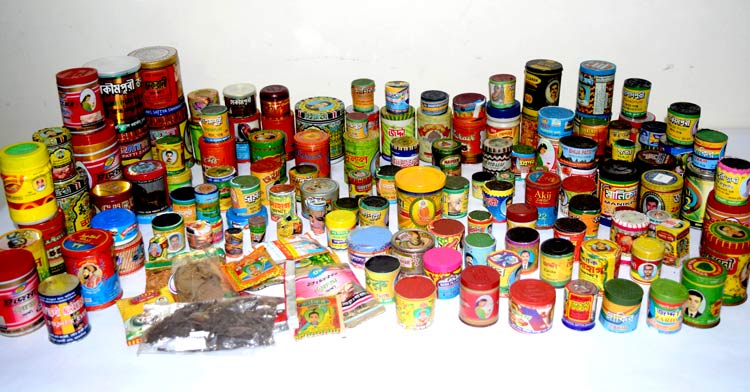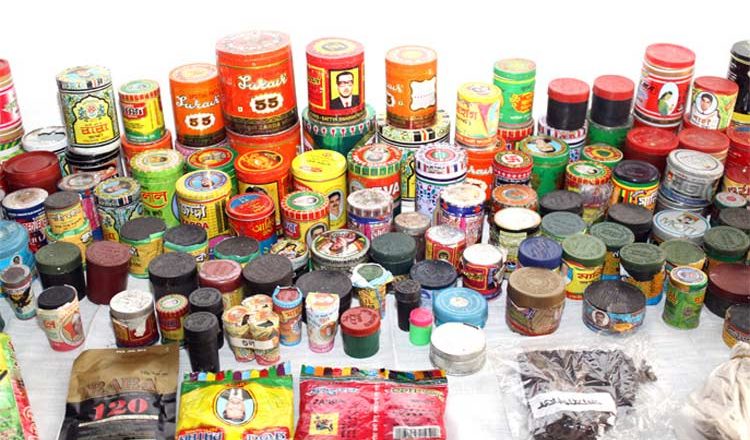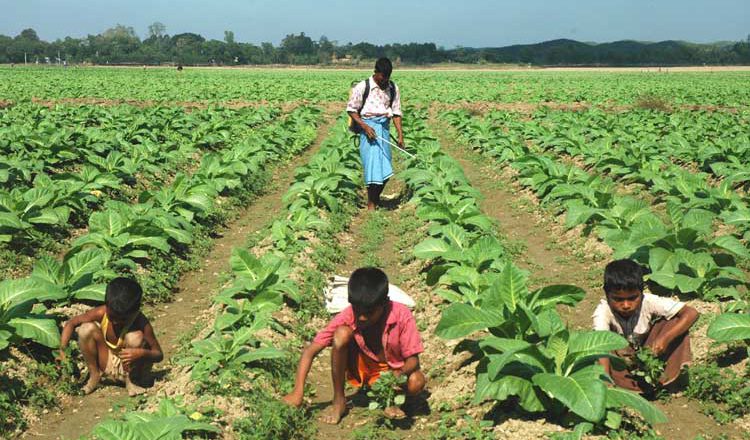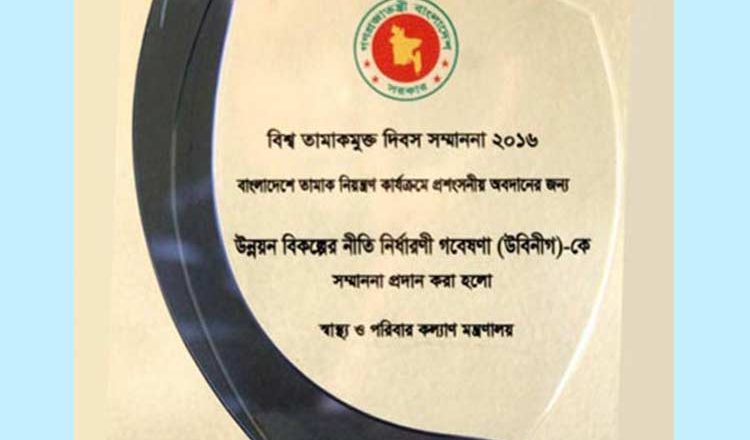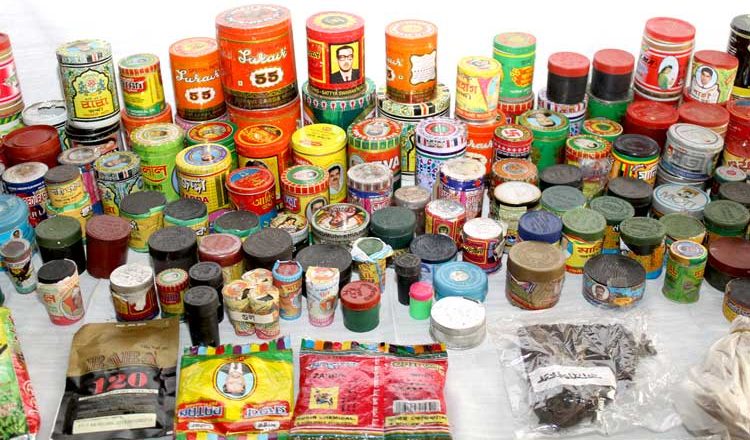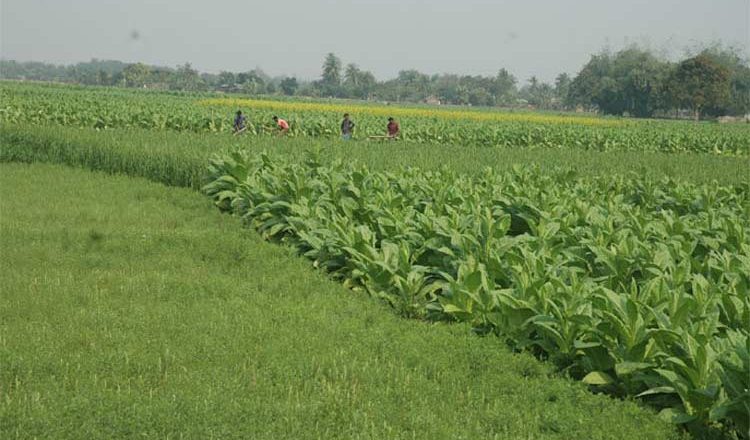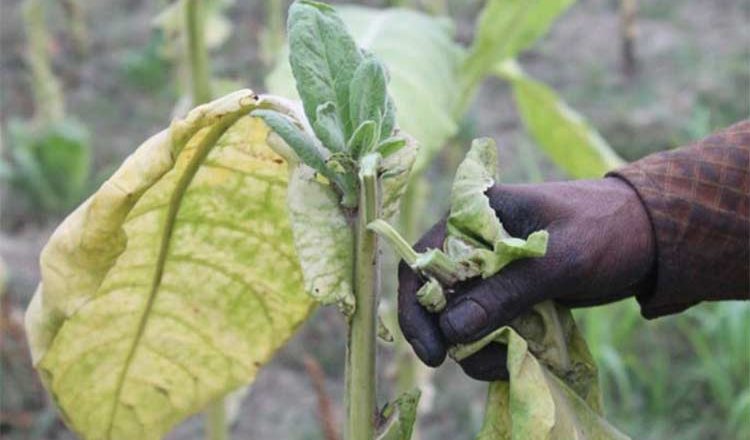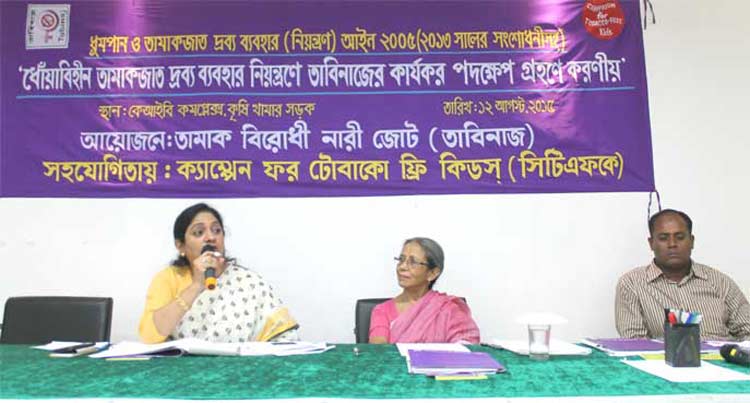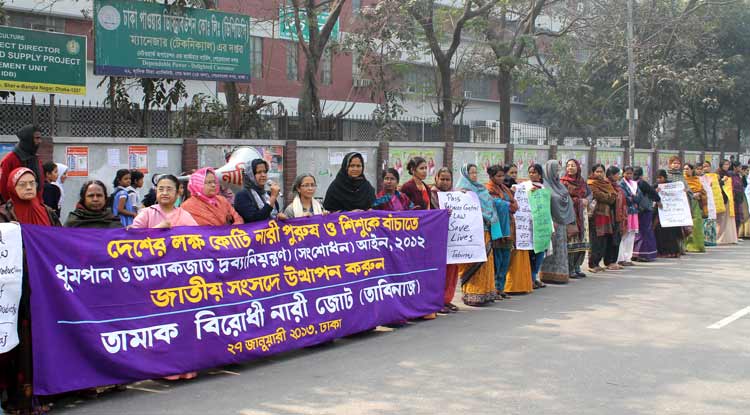Smokeless Tobacco in Bangladesh: Zarda, Sadapata and Gul
Tamak Birodhi Nari Jote (TABINAJ)
Smokeless tobacco (SLT) constitutes more than 50% of tobacco use among men and women in Bangladesh. Yet, it has received less attention in tobacco control policies and actions because of perceived less harmful health effects than smoking and social and cultural acceptance of its use in Bangladesh.
Bangladesh is one of the South Asian countries, where 80% of all smokeless tobacco are consumed as these are integral to culture, being incorporated in their traditional values, spirituality, beliefs, festivals, marriage ceremonies, lifestyle, rituals and popular entertainment [1].
Smokeless tobacco (SLT) is included in the definition of Tobacco products under the “Smoking and Tobacco Products Usage (Control) Act, 2005 (amended in 2013)”. Three mos...
